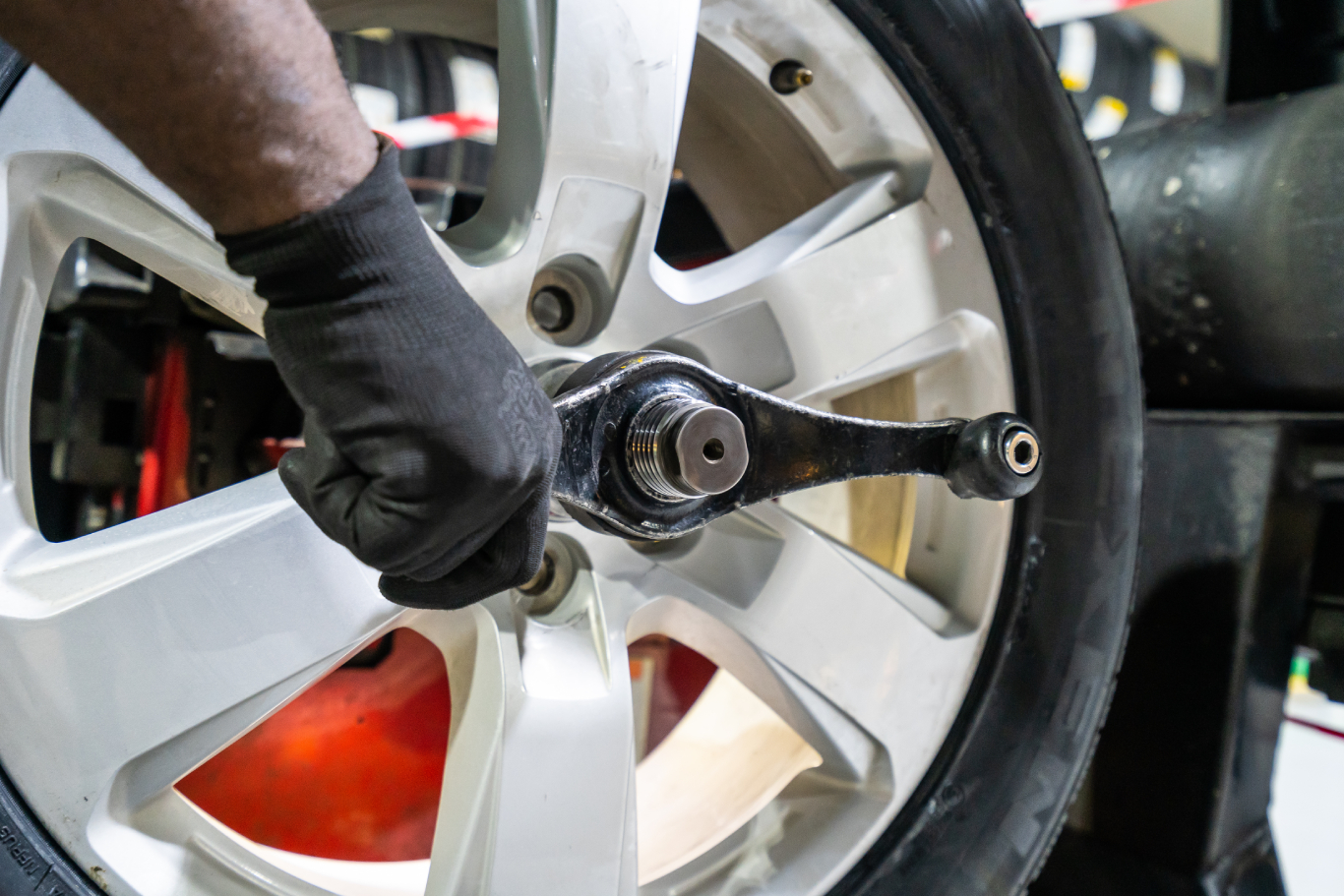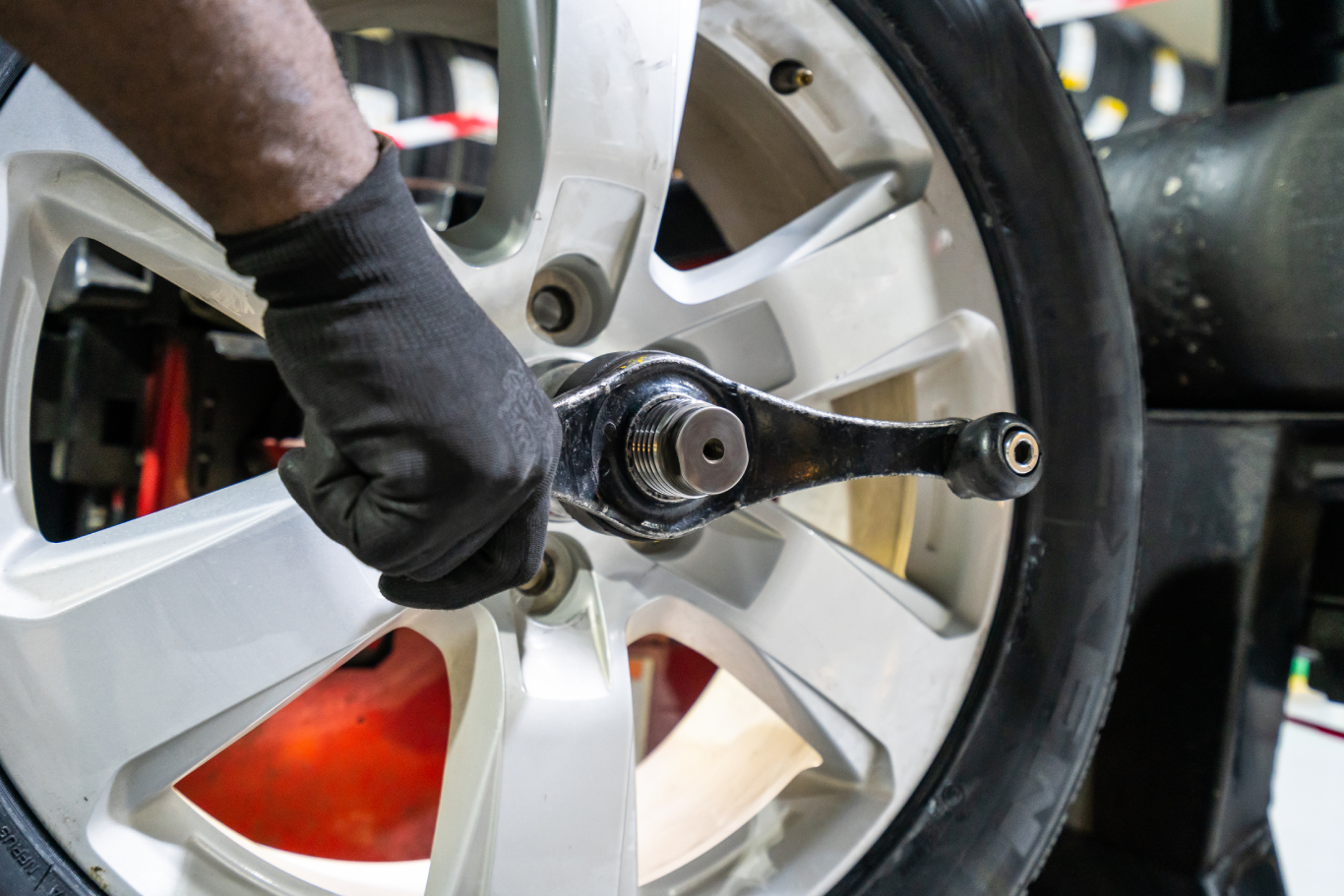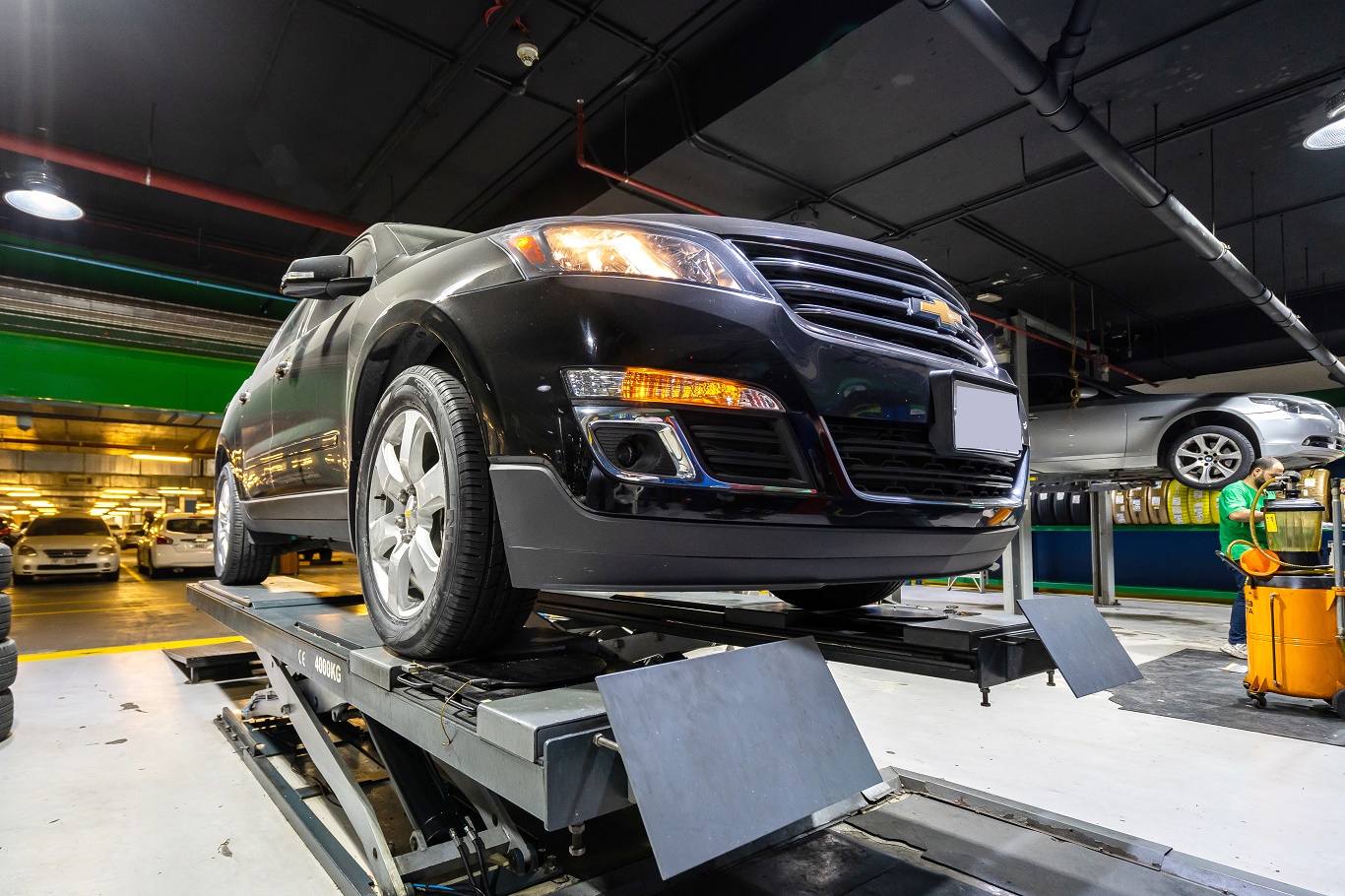Upsizing your car’s wheels? Things You Need to Consider



Upsizing rims and tyres is a growing trend, but most people aren’t fully aware of the consequences. While they are excited to have a fancy set of rims, they are least prepared for what comes next.
“Why can’t I just throw in bigger rims or wider tyres?” We get asked this question frequently.
So we decided to answer this once and for all.
Car manufacturers conduct extensive research to determine the right tyre size for the vehicle and achieve the perfect balance between performance, aesthetics, efficiency and comfort. However, upsizing wheels might disturb this balance, causing performance and reliability issues. This blog will discuss various consequences of upsizing wheels to help you make an informed decision based on these insights.
What happens when you upsize your wheels?
Your vehicle’s suspensions and steering system are calibrated according to a specific wheel specification. Changing wheel’s specifications in terms of width or height can directly impact the comfort and handling of your vehicle.
Impact of bigger tyres on suspensions
Let’s consider your factory tyre specification is 195/65/R16, and you upgrade to 215/55/R17 for better stability and aesthetics. However, bigger wheels may disturb the calibration, resulting in a stiffer suspension. As a result,
- You will feel speed bumps and potholes strongly inside the cabin.
- The suspension bushings may wear out sooner than they should.
- The heavy impact can cause the coil-springs to crack or bend out of shape, leading to serious performance issues.
The solution
When you upsize your wheel, it is important to upgrade your suspensions as well. You can find a wide range of aftermarket suspension systems that can be calibrated according to your vehicle’s model and wheel size.
Impact of bigger wheels on the steering
It’s fun to go fast and hard around the corners when you have wider tyres, but doing so repeatedly can strain your power steering motor and cause it to wear out or fail. Hard cornering with bigger tyres may also cause your steering’s CV joints to wear out prematurely. Since replacing the steering system can be expensive, it is better to go easy around corners when you have bigger tyres.
With your vehicle running on bigger, heavier wheels, the steering system should be serviced more frequently than what the manufacturer recommends.
Mind the Gap between the Tyre and Wheel Arch
When your vehicle is under maximum load, the gap between the tyre and the wheel arch narrows to a bare minimum due to the suspension’s spring action. When you have bigger and wider wheels, the tyre tends to scrape the wheel arch as you drive through a pothole or go over the speed bump. This can damage the sidewall or edges of the tyres.
To avoid such situations, use a wheel profile that does not stick out of the wheel arch. However, if you must use wider tyres, you might want to make necessary adjustments in the wheel well to accommodate tyre travel.
Choosing the Right Tyre Size for Your Vehicle
It is always recommended to use stock specifications, but do it the smart way if you must upsize. When choosing the tyre height, it shouldn’t exceed stock height by more than one inch. For instance, if you run an R16 wheel, do not go beyond R17.
Secondly, the rim’s bead-to-bead width, which is denoted by J, should be such that the wheel does not stick out. For example, if you are going for a tyre profile 215/55/R17, a rim width of 7J or 7.5J should be just about right to keep the wheel within the arch.
If you want to upgrade your tyres for aesthetics, you will want to go for a low-profile one. In that case, choose a good-quality tyre that can absorb road impacts and protect the rim from damage. Tyres by Goodyear, Pirelli, Michelin, etc., are considered high-quality and come with long-term warranties.
Final Words
There’s no denying that bigger and wider tyres improve road presence, traction and stability. But as much as you would like to enjoy these benefits, make sure you are prepared for the consequences.
However, when you visit our tyre shop to upsize your tyres, we recommend the best tyre profile according to your vehicle’s age and model so that you don’t face any of these problems.
Most importantly, don’t forget to get the wheel alignment done immediately after changing your tyres. This will prevent uneven wearing and ensure your vehicle drives in a straight line.
Drive safe.



